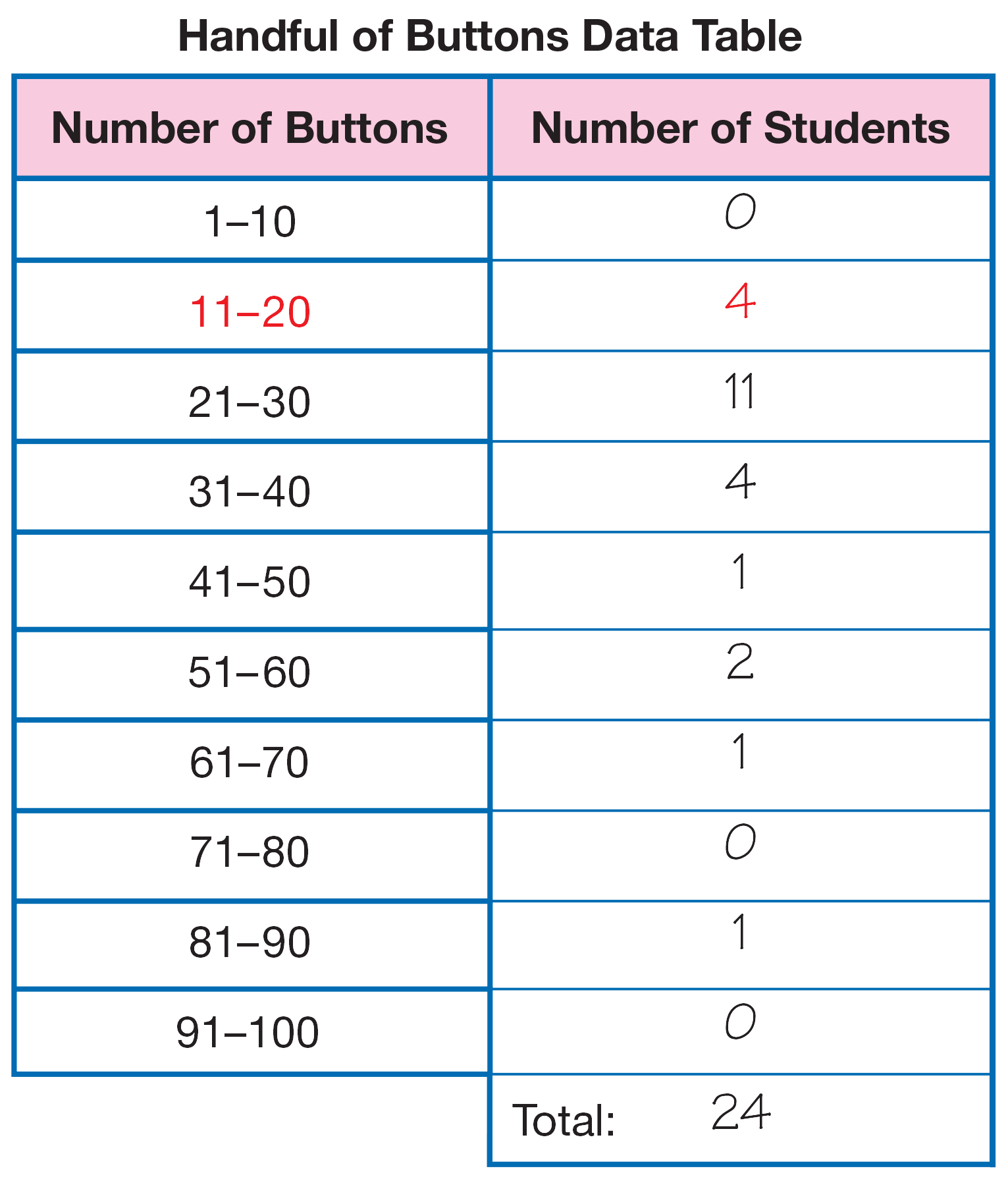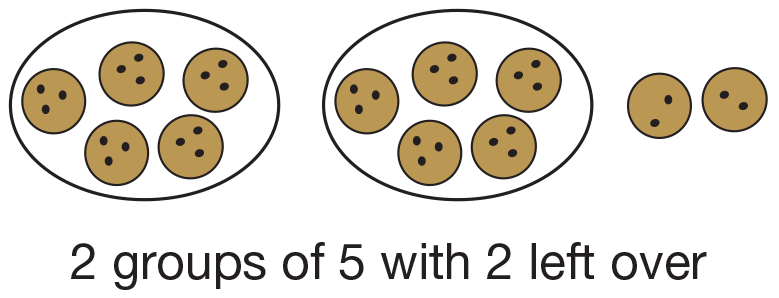This lesson reviews grouping by ones, tens, and hundreds with a focus on place value. Students model different partitions of a number into tens and ones using connecting cubes. They play the Not More Than 100 Game to practice partitioning.
Content in this Lesson
- Estimating the quantities of objects in a group [E4].
- Grouping and counting a collection of objects by ones, tens, and hundreds.
- Representing quantities using connecting cubes and number sentences [E1].
- Partitioning numbers into tens and ones and modeling with connecting cubes [E3].
- Composing and decomposing numbers using ones, tens, and hundreds [E2].
- Reading and writing numbers [E5].
- Making connections between place value concepts and representations of numbers with connecting cubes, number sentences, and symbols [E6].
- Recognizing that different partitions of a number have the same total [E7].
- Checking for reasonableness [MPE3].
Daily Practice and Problems I–L
Assessment in this Lesson
| Assessment | Expectation Assessed | Math Practices Expectation Assessed |
|---|---|---|
|
About How Many Cubes with Feedback Box Student Activity Book Pages 237–238 |
|
|
|
Tens and Ones Check-In: Question 4 Student Activity Book Page 240 |
|
|
|
DPP Item I Missing Addends Teacher Guide - digital |
|



















